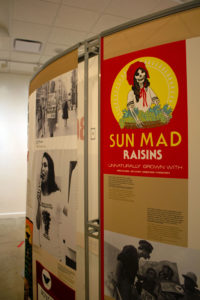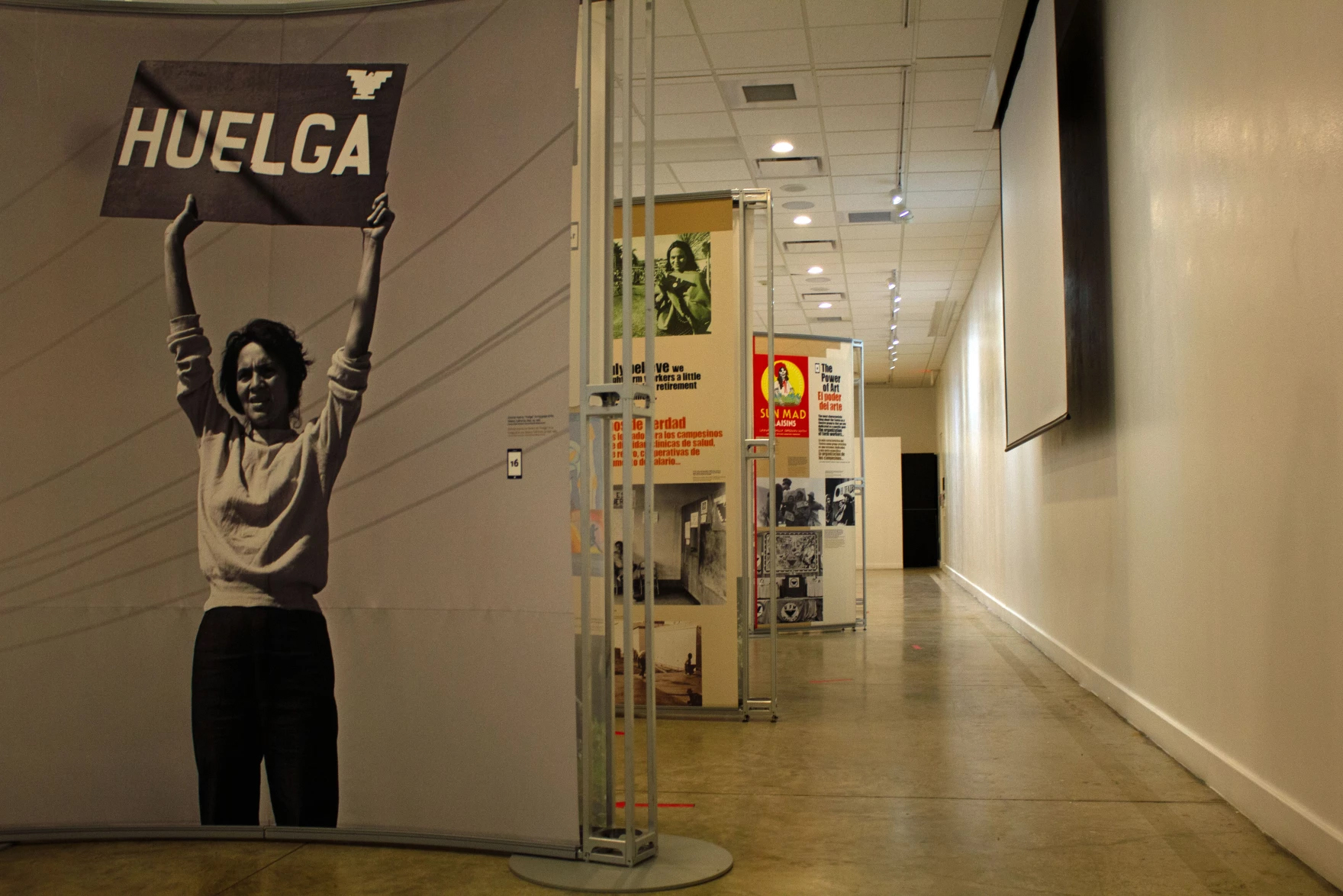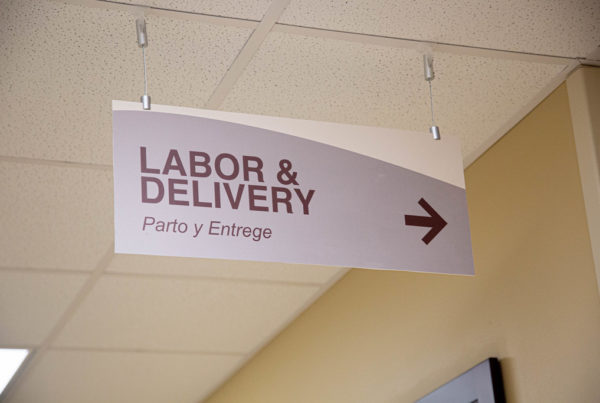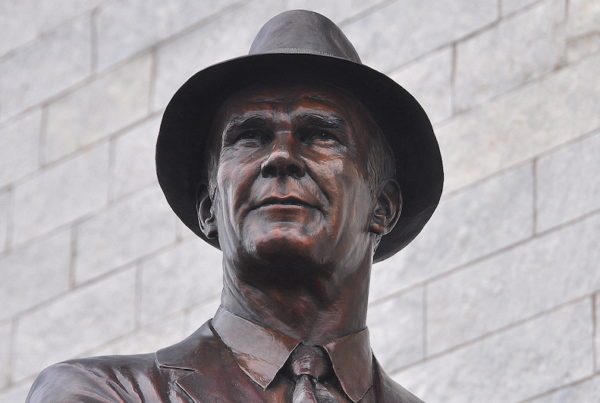From Texas Public Radio:
The Smithsonian Museum’s traveling Dolores Huerta exhibit has come to Brownsville for the fall.
Tracing Huerta’s life from teacher to labor organizer, the exhibit titled “Dolores Huerta: Revolution in the Fields” uses high-quality, towering, screen printed photos, text, and an app to tell Huerta’s story at the Brownsville Museum of Fine Art.
Its first photos show migrant farm workers picking vegetables as planes dust the crops and, subsequently, the workers, with chemicals. Another photo shows the living conditions the farm workers lived under, sleeping on mattresses strewn about the floor in small one-room homes. These photos depict some of the many injustices Huerta fought against, including higher wages, bathrooms in the fields and protection from crop dusting planes.
“My parents and my grandparents were farm workers. And I think (this exhibit) is equally important for the whole (Rio Grande) Valley, because we are an agricultural part of Texas. I mean we grow so much food for so many people,” Teodoro Estrada, a Brownsville Museum of Fine Art member and instructor, told TPR. “I encourage people and I ask people to come and see this exhibition because it will bring back a lot of memories, just like it has for me.”
Estrada helped install the exhibit, telling TPR of his memories as a young child in Houston, seeing the grape and lettuce boycotts that made their way from California to across the country.
Huerta co-founded the National Farm Workers Association (now the United Farm Workers Union, or UFW) with Cesar Chavez in 1962, in Delano, California. Huerta, an elementary school teacher, left her job to organize after seeing the poverty conditions of her students, whose parents were farm workers.

A photo in the exhibit of Dolores Huerta (center) and then-New York senator Robert Kennedy (right) at a United Farm Workers event celebrating the end of Cesar Chavez’s 1968 fast.
Produce boycotts and labor strikes were paramount to the UFW’s organizing. Huerta, Chavez and the UFW orchestrated a 25-day, 300-mile march protesting labor conditions in 1965. These marches continue today, as does Huerta’s legacy.
“She was this advocate for accomplishing (getting workers access to) water, bathrooms,” Dahlia Guerra, University of Texas at Rio Grande Valley’s Assistant Vice President of Public Art, told TPR. “You know, all of these things that happened over (in California), directly impacted the Valley.”
Guerra’s stepfather was a civil rights attorney who marched in the Rio Grande Valley’s protests for improving farm workers’ labor conditions.
The exhibit has photos of Huerta at demonstrations, speaking at NFWA meetings and standing alongside Robert Kennedy, a longtime supporter of the United Farm Workers. Their companionship lasted until Kennedy’s end: she was with him just seconds before he was assassinated in a Los Angeles hotel.

A photo of Ester Hernandez’s “Sun Mad” is featured in “Dolores Huerta: Revolution in the Fields.”
While Huerta’s organizing had a profound effect on gaining labor rights for farm workers, so, too, did the protest art that came from the movement. Photos of Xavier Viramontes’ “Boycott Grapes” and Ester Hernandez’s “Sun Mad” are shown in a panel explaining the art’s significance in the movement.
“As people begin to see the different logos, the different signs, and what’s happening out in the field, it brings around a lot of awareness to what the people are suffering,” Estrada said.
The exhibit also explains Huerta’s behind-the-scenes actions in the movement. The famous phrase, “si, se puede,” synonymous with Chavez and the UFW’s movement, was coined by Huerta, the exhibit notes.
Guerra hopes Rio Grande Valley residents will visit the exhibit while they have the chance.
“What I think people will get from this exhibit is just to be inspired by this incredible woman who knew no boundaries, who was unstoppable, who was unafraid and who was unique,” she said.
“Dolores Huerta: Revolution in the Fields,” is open to the public until October. The exhibit will go to Gilroy, California after its run in Brownsville.














